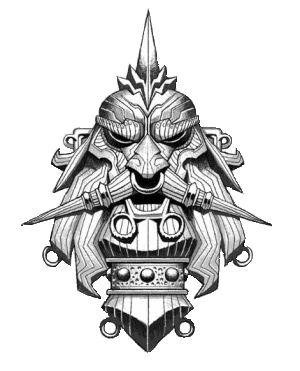 |
Grimnir's Norwegian Forest Cats |
|
|
Start
News
About us
Cats
Kittens
Links
Contact
|
||
Having Norwegian Forest Cats is a way of living, especially when you have them in the amount that we have (Michel 1967 and Marjolein 1968). You find them everywhere in our house; in their cat run, at the attic, in the bathroom and in our bed. But as soon as you have them, you are addicted to them. Our son (2004) and daughter (2006) and our German Shepherds (2007 & 2010) are growing up with these lovely creatures. In 1999 we started with having this beautiful breed. Not for showing or breeding, but just as pets. Now, a few years later, we are still in love with them. We go to shows on a regular base and sometimes we do have kittens. Our goal is to breed healthy, strong, natural looking Wegies with a nice temper. We breed in all colors and occasionally we will have a litter. Michel & Marjolein, Wijk bij Duurstede, the Netherlands
Wijk bij Duurstede - Riverland copyright © Ad van Breugel More pictures of Ad van Breugel Dorestad = Wijk bij DuurstedeDorestad emerged in the 7th century on a confluent of the
rivers Rhine and its tributary Lek. Because of its geographical situation it
became one of the leading emporia on the continent on a crossroads of
international long distance trading routes from and to Northern Frisia, North
Sea area, Scandinavia and France, the Rhineland and the Meuse valley. The river
Scheldt could be reached via the Lek.
Old school print - Vikings at Dorestad |
|

